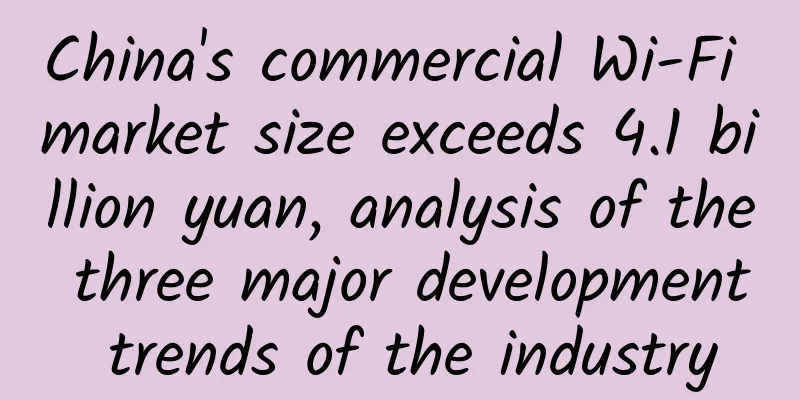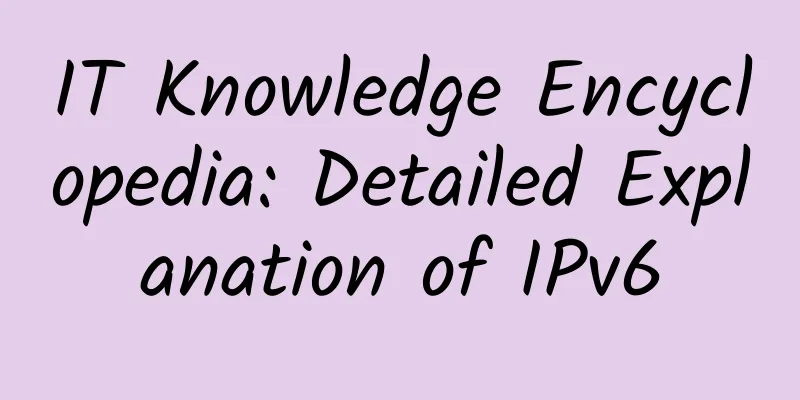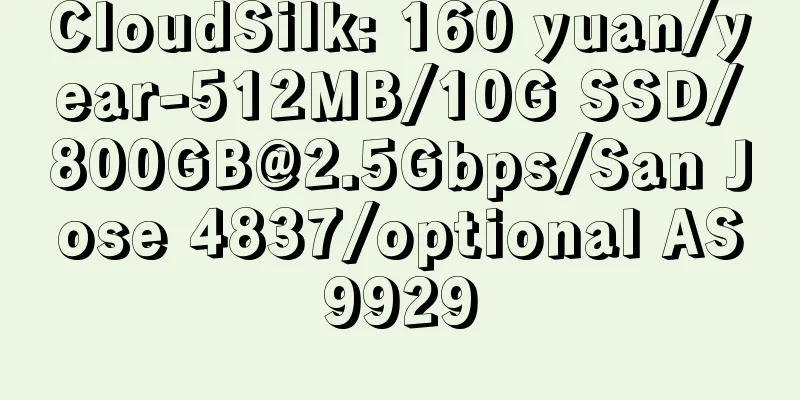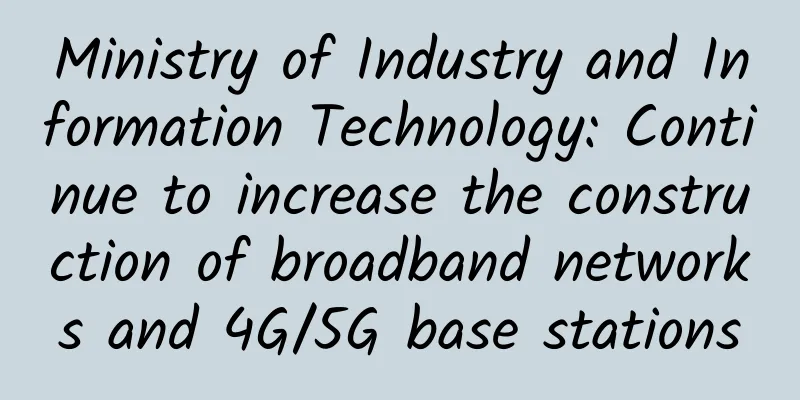The three major cloud service giants join forces with telecom operators to participate in the battle for the 5G market

|
Connectivity services have become even more important as COVID-19 forces the world to adopt new virtual communications strategies. Governments around the world are struggling to cope with unprecedented internet usage and have asked streaming platforms such as Netflix and YouTube to reduce streaming quality to cope with network load.
As telecom companies and cloud service businesses quickly adapt, 5G may save even more time and is expected to provide greater transmission capacity as more of the world moves online. In the United States, the race for 5G has intensified with the official announcement of the merger between T-Mobile and Sprint on April 1. While the three major telecom providers (Verizon, AT&T, and T-Mobile) continue to roll out 5G infrastructure in three major cities and announce the launch of 5G-enabled phones along with Samsung and LG, the three cloud computing service players have also joined the race, announcing partnerships to support 5G edge computing. AWS Wavelength Amazon Web Services (AWS), the market-leading cloud computing giant, kicked off the 5G industry collaboration competition by announcing a partnership with Verizon at the AWS re:Invent conference in December 2019. AWS Wavelength provides AWS infrastructure for Wavelength Zones (telecom providers' edge data centers with 5G networks) allowing developers to build applications with low latency requirements. Early applications point to streaming and gaming applications, with AWS and Verizon announcing initial trials with the NFL and Bethesda Game Studios. Any IoT application that requires low latency and high bandwidth, especially manufacturing and other industrial IoT, can benefit from AWS Wavelength. Smart cities can also extend streaming and video applications beyond stadiums and convention centers if there are data centers nearby. AWS appears to be pushing more toward the edge and on-premises as AWS Wavelength follows the AWS Outposts and Local Zones offerings on top of a range of edge capabilities for AWS IoT services. Anthos for Telecom Google Cloud responded in March by announcing the Anthos for Telecom initiative and, more importantly, the Global Mobile Edge Cloud (GMEC). Anthos for Telecom follows Google’s focus to leverage its expertise in Kubernetes to build hybrid cloud applications using its container management service. GMEC offers a service similar to AWS Local Zones by opening up Google’s global data centers and edge locations to let telecom companies run low-latency applications. The initial announcement was a partnership with AT&T that highlighted retail, manufacturing, and gaming applications. Since Thomas Kurian took over Google Cloud, the focus has shifted to maximizing Google's core strengths in containers (Kubernetes) and industry-specific machine learning expertise. While Google Cloud still lags behind AWS and Azure in terms of cloud market share, it may have some key advantages in the 5G network edge space. The obvious one is to connect Android developers with other telecom companies to jointly develop new experiences that require 5G connections (perhaps the next generation of AR/VR applications). Another is to integrate Stadia (Google's cloud gaming platform) and game server services to unlock more gaming applications to take advantage of both cloud and edge networks. Azure Edge Zones Microsoft released Azure Edge Zones and established a partnership with AT&T in late March. It also announced Azure Private Edge Zones for private 5G and LTE network use cases that leverage Azure technology on private edge data centers. Microsoft announced the acquisition of virtualized mobile network company Affirmed Networks for $1.35 billion. Given Affirmed Networks' past relationships with AT&T, Orange, and Vodafone, Microsoft can accelerate its entry into the 5G race. The official announcement highlights online gaming, remote conferencing, and smart infrastructure as the three initial applications for Azure Edge Zones. The growth of Microsoft Teams and the existing user base of Xbox Live could be selling points for companies looking to take advantage of Azure's new offering. In terms of "Private Edge Zones," Microsoft mentioned smart factories, logistics, and medicine as three main scenarios. The race for 5G So far, much of the media attention on the race to 5G has focused on business applications and network infrastructure. As the three cloud computing players compete, enterprise and IoT applications may soon unlock more opportunities for low-latency and high-throughput applications in addition to the online gaming typically associated with 5G. |
<<: The speed can reach 10,000 times that of 5G, and the official interpretation of 6G is here
>>: What is the difference between MPLS and IP?
Recommend
PTC acquires next-generation application lifecycle management company
PTC (NASDAQ: PTC ) today announced that i...
6 SD-WAN Challenges and Benefits
Software-defined WAN (SD-WAN) has obvious advanta...
Liu Yunjie: Determinism, programmability, and cloudification will become the future network trends, comprehensively improving network service customization capabilities
At the "2020 Network 5.0 Summit", when ...
How to configure OVN router?
Overview Based on the experimental environment in...
Mushroom CarLink launches an integrated Internet of Vehicles solution to provide users with a seamless "people-car life"
Several years ago, a company proposed a relations...
JustVPS: 30% off UK VPS/20% off all VPS, unlimited traffic in multiple data centers in the United States/France/Singapore/Russia/Hong Kong, China
JustVPS.pro bought a VPS in London, UK, last Dece...
5G mobile network is accelerating and may be commercially available in 2019
As the demand for mobile networks continues to ex...
The 5G era is accelerating. When will edge computing replace "core" computing?
In the 5G era, the number of connected devices wi...
5G is so good, but how many people can afford the data charges?
In the past 2019, with the issuance of 5G commerc...
Omdia’s view: 400G is ready as a carrier service
The latest report from market research firm Omdia...
HostDare 60% off, Los Angeles VPS from $10 per year, Asia optimized line VPS from $17 per year
HostDare recently offered a 40% discount code for...
Is your cloud still manual? Five indispensable tools for cloud computing and infrastructure automation
No tool is omnipotent, but we can still find exce...
F5 Distributed Cloud WAAP helps enterprises effectively defend against robot attacks with leading security protection capabilities
Today's applications have become an important...
Animation explains TCP. If you still don’t understand, please hit me up
Preface The TCP three-way handshake process is a ...









